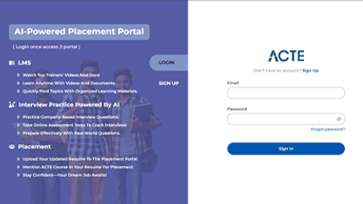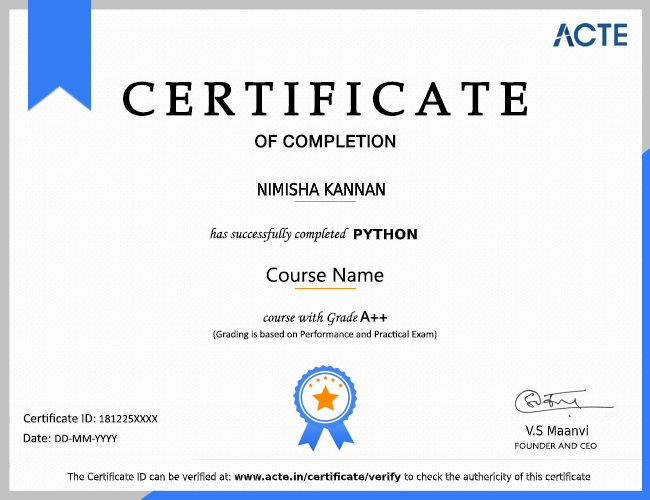The ACTE Certified Data Scientist with R curriculum covers all the data analytics approaches utilising the newest technologies including R, Python, Tableau, Machine Learning, and Minitab. This course helps you to get in-depth knowledge by building a firm foundation and covering all of the newest issues in the field. Along with this course credential, you can convert yourself into a successful data analytics specialist.
Additional Info
Why R programming?
As companies have grown increasingly dependent on Data Science for decision making, the use of this science has increased exponentially. On the market, there are numerous tools that can be used to analyze the data. R is clearly the best tool in the market when you examine the statistics of the languages used in data science. R runs on all platforms, which is its biggest feature. It is a language that tech giants use for data analysts.
Here are the main reasons why you should learn R:
Among all languages to be learned since 2008, R has been the most popular. There has been a high demand for R programmers since then.
The need for R programmers is evident as data science is shaping the way companies operate. As more job opportunities are created daily, data analysts are able to move up to higher positions.
A good salary is offered by most companies to R programmers. It is estimated that an R programmer earns $70,615 per year on average.
With this library, vectors can be calculated very quickly, and programs can be run without requiring a compiler. Furthermore, it is a statistical language that lets you perform related tasks.
Skills Required to become R programmer:
You need to master the following skills to become an R programmer:-
Statisticians can perform statistical calculations with the help of over 9100 packages in R. They’re so easy to use that data from the various data sources can be easily imported, cleaned and analyzed. To interpret statistical data from a business, you need a deep understanding of the underlying mechanisms.
Machine Learning:-
When correctly coded, machines prove to be the best when it comes to machine learning. R is used extensively for machine learning. A data scientist may have trouble identifying trends and patterns, but machines will have no trouble doing so. As a supervisor, you will have to learn how to supervise stats and how to help the computer learn from data in order to extract useful information.
Knowledge of Programming languages:-
R is certainly one of the programming languages a data scientist is expected to have in-depth knowledge of. For better analysis of data, it is also necessary to be proficient in using various programming environments in addition to writing codes.
Visualization Skills:-
To become an R programmer, you need strong data visualization skills. You will be able to communicate insights to both technical and non-technical audiences using data visualization tools like Tableau, Qlikview, Sisense, and Plotly once you are proficient in using them.
Communication:-
A good R programmer must be able to communicate well. The solution to real-world problems requires them to work with stakeholders and a variety of professionals problems. Furthermore, they should be able to understand the domain and data of the work they are performing.
The different types of Tools in R Programming:
RStudio:-
RStudio is probably familiar to most R users. Most people already own this tool and it is one of the most popular in R.
Lintr:-
Those of you who come from the Python world probably know what linting is. Linting is the process of checking your code for readability.
Caret:-
The Caret package, which can be found on CRAN, is a tool that is essential for a data scientist. By using Caret, a model can be created, cross-validation methods set and results analyzed in a single step.
Tidyverse:-
There's a good chance you have used a package in tidyverse, even if you haven't heard of the whole package. Data science can be made easier using Tidyverse, a suite of unified packages.
Jupyter Notebooks or R Notebooks:-
Transparency and reproducibility are essential to data science. We must see your code in order to accomplish this! The most common method is to use the R Notebook or the Jupyter Notebook.
The various important Benefits in R Programmming:
R is free, open-source code:-
Anyone can download and modify R code as it is freely available under an open-source license. Often times, this kind of freedom is referred to as "free as in speech." R is also available free of charge - a second type of freedom sometimes referred to as "free as in beer." In practical terms, this means you can download and use R for free.
R runs anywhere:-
There has been a lot of effort put into making R available for different types of hardware and software. As a consequence, R is available for Windows, Unix (such as Linux), and Mac systems.
R supports extensions:-
Among R's many features is the ability to manipulate data, model statistics, and create graphic representations of data. However, R is very extensible, and that's one of its biggest advantages. A developer can create and distribute their own add-on package for their own software.
R provides an engaged community:-
Many people who use R eventually begin advocating its use in their work environments and professional circles and helping new users get up to speed. Also, they become active on R mailing lists and question-and-answer (Q&A) websites, such as Stack Overflow as a programming question-and-answer option, and CrossValidated as a statistics one. Users of R take part in regional R conferences and participate in social media such as Twitter and Q&A websites.
connects with other languages:-
People began combining R with their previous workflows as they began using R for their analysis, which led to a multitude of packages that link R with file systems, databases, and other software. Since these packages have been incorporated into the R base installation, many of them have disappeared. It is possible to connect R to databases via many add-on packages, including the RODBC package which can read Oracle databases and the ROracle package which can read Open Database Connectivity (ODBC) databases.
Applications of R Programming:
R in Research and Academics:-
The R programming language is a statistical research tool. Students and statisticians still use it to perform various statistical computations and analyses. There are a variety of statistical techniques that can be implemented by R and its libraries, including linear and nonlinear modeling, time-series analysis, classification, classic statistic tests, clustering, and more. The R programming language is also used in machine learning and deep learning research. The R programming language is a popular choice for machine learning because of its libraries for monitored and unmonitored learning.
R Use Cases in Research & Academics:-
Researchers and students of Cornell University are encouraged to use R in all their research involving statistical computing.
Statistics and data analysis are taught at the University of California, Los Angeles using R.
R in IT Sector:-
Small, medium and large businesses can also take advantage of these services offered by IT companies for their own business intelligence. The company uses it for its machine learning products as well. In addition to building statistical computing tools, they build data handling products and other services that manipulate data.
R Use Cases in IT Sector:
Mozilla:- R is used by Mozilla to visualise web activity for its browser Firefox.
Microsoft:- Azure Machine Learning is built on R, a statistical engine from Microsoft. Additionally, it is used for Xbox matchmaking.
Foursquare:- Foursquare's recommendation engine is tasked with R's work.
Google:- The R language is used by Google for improving its search results, the provision of better search suggestions, the calculation of the ROI of their advertising campaigns, the optimization of their online advertising and the forecasting of economic activity.
R in E-commerce:-
In the finance and retail industries, analyxis can be valuable for risk assessments and determining marketing strategies. The use of data science in e-commerce is beyond that. A company's website can be improved by integrating R into the design and marketing of it as well as for financial analysis. Cross-product selling is improved using R. Customers are suggested additional products that complement their original purchases as they shop on the website. Customers who purchased products in the past can also benefit from these suggestions. Internet-based companies like various e-commerce sites gather and process structured and unstructured data from varying sources. R proves to be highly useful for this. In addition to these modules, R can also be used to analyze marketing's strategies, advertised products, and financial models.
R Use Cases in E-commerce:-
Amazon: The cross-product suggestions on Amazon are improved by R and data analysis.
Flipkart: Flipkart uses R to perform predictive analysis so they can create targetted advertisements.
Today, big data is most commonly generated by social media. Therefore, data science in the social media industry is considered to be among the most cutting-edge applications.
R in Social Media:-
For analysis of user behavior and sentiment, Facebook and other social media companies use R. The suggestions they make to users can be altered based on the history of the user, their recent posts, and the tone of any content they have viewed.
Users are also able to customize the advertisements that they see according to user sentiment and history. Various analytics are performed using R, including analysis of traffic, user sessions, and content in an effort to improve the user experience.
R Use Cases in Social Media:-
Facebook: The social network graph of Facebook is updated by R predictions of colleague interactions.
Twitter: Semantic clustering is performed by Twitter using R. Data visualization is also done with it.
R in Banking:-
Risk analytics, including credit risk modeling, are often performed by banks using R. In addition to R, banks frequently use SAS and other proprietary software. Other uses of it include fraud detection, mortgage haircut modelling, analysis of statistics, modeling of volatility, loan stress test simulation, client assessment, and more. The banking industry uses R for business intelligence as well as data visualization.
R in Healthcare:-
Data can be crunched and information can be processed using R, providing a solid foundation for analysis and further data processing. Bioinformatics, epidemiology, genetics, drug discovery, etc. are some fields in healthcare where R is heavily used. Analyzing and predicting the spread of diseases, analyzing genetic sequences, analyzing drug safety data, as well as analyzing various combinations of drugs and chemicals are a few of its uses. Analysis of genomic data is possible thanks to the Bioconductor package in R. Furthermore, R is essential to all preclinical trials of new medications and medical approaches.































